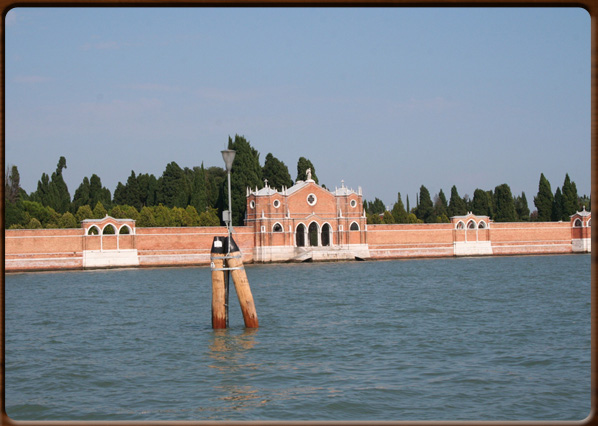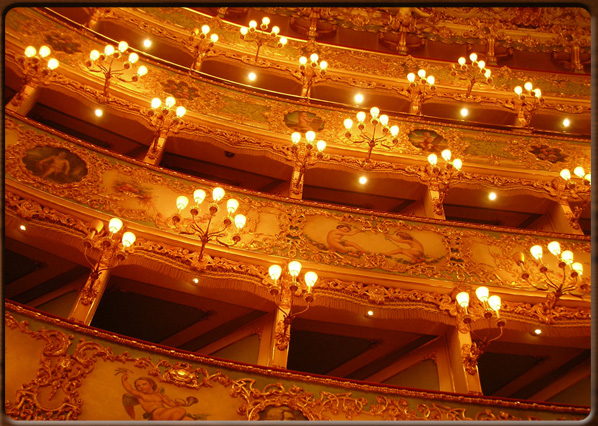
Cimitery in San Michele

Theatre La Fenice


No video
Igor Fëdorovič Stravinskij (Oranienbaum, 17 June 1882 – New York, 6 April 1971) was a Russian-born composer, who later took French nationality and finally became a USA citizen.
A quintessentially cosmopolitan Russian, Stravinsky is still one of the most appreciated composers from the 1900s. Most of his works are neoclassic in nature, though his popularity today is due to three ballets composed in his early career, known as his Russian period: L'Oiseau de feu (The Firebird, 1910), Petrushka (1911) and Le Sacre du printemps (The Rite of Spring, 1913), three works that revolutionised the genre of ballet.
His opera omnia (collected works) fall into three main stylistic periods: his ‘primitive’ or ‘Russian’ period; his ‘neo-classical’ period and his ‘dodecaphonic’ or ‘serial’ period.
He wrote all types of compositions, from symphonies to small-scale works for piano. He was also famous as a pianist and orchestra conductor, often conducting his premieres in major cities (Paris, Berlin, London, New York and Venice).
Stravinsky owed the success of his The Rake’s Progress to Venice. This is a three-act melodrama (libretto by W.H. Auden), first staged for the Teatro La Fenice on 11th September 1951. It created a great scandal due to its virtuoso arias, duets and quartets. Surprising expedients that, perhaps, represent the peak of Stravinsky’s neo-classical paradox.
Stravinsky felt so linked to Venice that he expressly stated that he wanted to be buried there. After his death in New York in 1971 aged 88, his wish was granted: today his remains lie in the monumental cemetery on the island of S. Michele, next to the tomb of his friend Sergej Diaghilev, musician and ballet impresario.
1800 - 2000 - - rev. 0.1.5